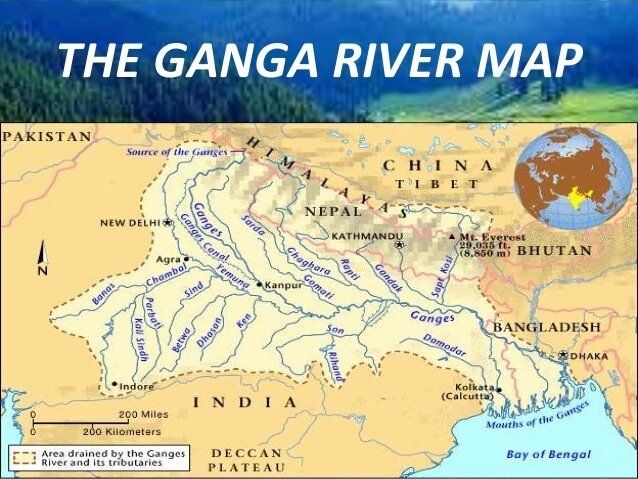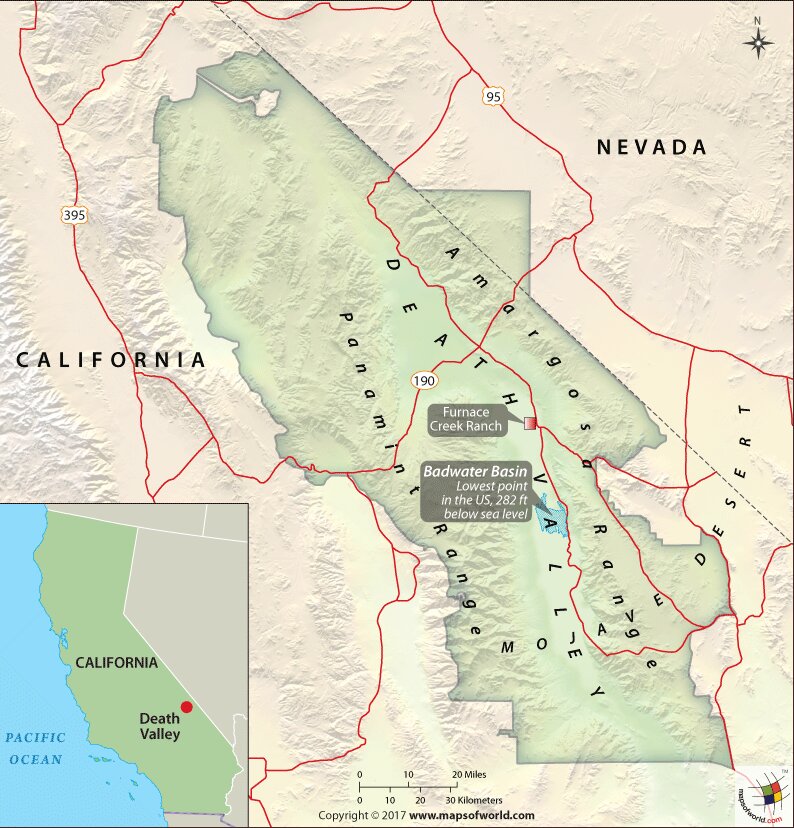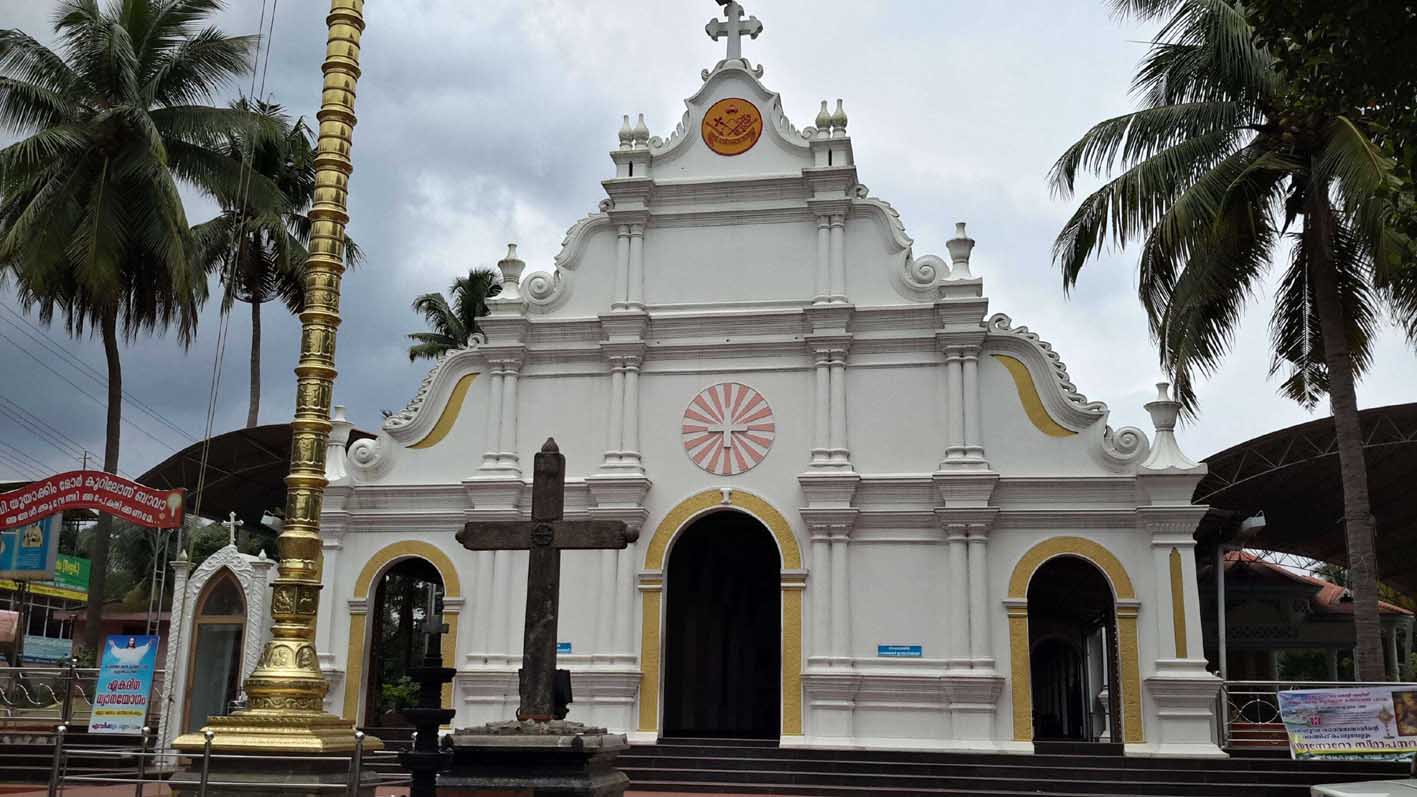World Solar Technology Summit: ISA
Why in News
The International Solar Alliance (ISA) will organise the First World Solar Technology Summit on 8th September, 2020 on a virtual platform.
- The objective of the event is to bring the spotlight on state-of-the-art technologies as well as next-generation technologies which will provide impetus to the efforts towards harnessing solar energy more efficiently.
Key Points
- Key Participants:
- The Prime Minister of India will deliver the inaugural address of the First World Solar Technology Summit, to be graced by Ministers from member countries from across all ISA regions.
- Dr. M. Stanley Whittingham who was awarded the Nobel Prize in Chemistry (jointly with John B Goodenough & Akira Yoshino) in 2019 for the revolutionizing discovery of the lithium ion batteries.
- CEOs of top global corporations will share their vision on how scientific breakthroughs and innovations can be commercially made available to all parts of the world for wider consumption.
- Four Sessions: The event will hold four technical sessions that would be available to the participants in different languages namely English, Spanish, French & Arabic.
- Session -1: Vision 2030 & Beyond: The overall context of Photovoltaic (PV) technology development and its future, on its way towards becoming the first source of energy worldwide, with PV technologies supplying 70% of the world’s electricity generation.
- Session -2: Towards a Decarbonised Grid: The most recent advances (conversion efficiency improvements and declining costs) regarding key components such as PV modules and storage technologies.
- Session -3: Disruptive Solar Technologies: On-grid applications, whether ground-mounted, floating, or integrated in residential and commercial rooftops.
- Session -4: Solar Beyond the Power Sector: Innovative applications where PV is used to move, heat, cool, and drive eco-friendly industrial processes and produce fuels as well as off-grid applications, to provide universal access to energy.
- I JOSE:
- ISA would also launch the ISA Journal on Solar Energy (I JOSE) that would help authors from across the globe to publish their articles on solar energy, during the event.
- The articles in this journal would be reviewed by global experts and will reach the Member countries through ISA’s vast network of NFPs (National Focal points) and STAR (Solar Technology and Application Resource centers) centers.
- India’s Solar Energy Initiatives:
- Solar energy has taken a central place in India's National Action Plan on Climate Change with the National Solar Mission as one of the key Missions.
- National Solar Mission (NSM) was launched on 11th January, 2010.
- Its objective is to establish India as a global leader in solar energy by creating the policy conditions for solar technology diffusion across the country as quickly as possible.
- It targets installing 100 GW grid-connected solar power plants by the year 2022. This is in line with India’s Intended Nationally Determined Contributions (INDCs) target to achieve about 40% cumulative electric power installed capacity from non-fossil fuel based energy resources and to reduce the emission intensity of its GDP by 33 to 35% from 2005 level by 2030.
- In order to achieve the above target, the Government of India has launched various schemes to encourage generation of solar power in the country like Solar Park Scheme, Canal bank & Canal top Scheme, Bundling Scheme, Grid Connected Solar Rooftop Scheme etc.
- Solar power capacity has increased by more than 11 times in the last five years from 2.6 GW in March, 2014 to 30 GW in July, 2019.
- Recently, a 750 megawatt (MW) solar project has been inaugurated in Rewa, Madhya Pradesh.
- India has an ambitious cross-border power grid plan—‘One Sun One World One Grid’— that seeks to transfer solar power generated in one region to feed the electricity demands of others
- Solar energy has taken a central place in India's National Action Plan on Climate Change with the National Solar Mission as one of the key Missions.
International Solar Alliance
- The launch of the International Solar Alliance (ISA) was announced by the Prime Minister of India (Narendra Modi) and former President of France (Francois Hollande) on 30th November 2015, at the 21st session of United Nations Climate Change Conference of the Parties (COP-21) in Paris, France.
- It was conceived as a coalition of solar-resource-rich countries (which lie either completely or partly between the Tropic of Cancer and the Tropic of Capricorn) to address their special energy needs.
- 67 countries have signed and ratified the ISA framework agreement.
- The Assembly of the ISA is the apex decision-making body which comprises representatives from each Member Country.
- It aims at lowering the cost of technology and finance and thereby facilitate deployment of over 1,000 GW of solar energy and mobilize more than USD 1,000 billion into solar power by 2030 in Member countries.
- Solar is a key source of affordable and reliable energy, thus it could play a significant role in achieving the universal energy access goal (SDG 7).
- The Government of India has allotted 5 acres of land to the ISA in National Institute of Solar Energy (NISE) campus, Gurugram and has released a sum of Rs. 160 crore for creating a corpus fund, building infrastructure and meeting day to day recurring expenditure of the ISA up to the year 2021-22.
Bioethanol Blending of Petrol
Why in News
The government has set targets of 10% bioethanol blending of petrol by 2022 and to raise it to 20% by 2030 under the Ethanol Blended Programme (EBP).
- The EBP was launched in line with the National Biofuels Policy, 2018.
Key Points
- Many countries, including India, have adopted ethanol blending in petrol in order to reduce vehicle exhaust emissions and also to reduce the import burden on account of crude petroleum.
- Currently, the bioethanol blending in petrol stands at 5%.
- Reasons for Ethanol Blending:
- It is estimated that a 5% blending can result in replacement of around 1.8 million Barrels of crude oil.
- As the ethanol molecule contains oxygen, it allows the engine to more completely combust the fuel, resulting in fewer emissions and thereby reducing the occurrence of environmental pollution.
- The renewable ethanol content, which is a by-product of the sugar industry, is expected to result in a net reduction in the emission of carbon dioxide, carbon monoxide (CO) and hydrocarbons (HC).
- Background:
- The Ethanol Blended Petrol (EBP) programme was launched in January, 2003 by the Ministry of Petroleum & Natural Gas (MoP&NG) .
- The EBP seeks to achieve blending of Ethanol with Petrol with a view to reducing pollution, conserving foreign exchange and increasing value addition in the sugar industry enabling them to clear cane price arrears of farmers.
- The Oil Marketing Companies (OMCs) are to procure ethanol from domestic sources at remunerative prices fixed by the government.
- The Central Government recently extended the ambit of the programme to extract the fuel from surplus quantities of food grains such as maize, jawar, bajra fruit and vegetable waste which was limited only to sugarcane previously.
- Recently, the Cabinet Committee on Economic Affairs (CCEA) has approved Pradhan Mantri JI-VAN (Jaiv Indhan- Vatavaran Anukool fasal awashesh Nivaran) Yojana to create an ecosystem for setting up commercial projects and boost to Research and Development in 2G Ethanol sector.
- 1G bioethanol plants utilise sugarcane juice and molasses, byproducts in the production of sugar, as raw material, while 2G plants utilise surplus biomass and agricultural waste to produce bioethanol.
- This scheme is promoting Second Generation (2G) Biofuels Technology moving away from food crops used in First Generation(1G) to feedstocks, nonfood crops agricultural residues or waste.
- The three public OMCs Indian Oil Corporation Ltd. Bharat Petroleum Corporation Ltd. and Hindustan Petroleum Corporation Ltd. are currently in the process of setting up 2G bioethanol plants.
- India celebrated World Biofuel Day on 10th August 2020 with the theme “Biofuels towards Atmanirbhar Bharat”.
- The Ethanol Blended Petrol (EBP) programme was launched in January, 2003 by the Ministry of Petroleum & Natural Gas (MoP&NG) .
- Challenges in Ethanol Blending:
- Less Production: Currently, domestic production of bioethanol is not sufficient to meet the demand for bio-ethanol for blending with petrol at Indian OMCs.
- Sugar mills, which are the key domestic suppliers of bio-ethanol to OMCs, were able to supply only 57.6% of the total demand.
- Sugar mills do not have the financial stability to invest in biofuel plants.
- There are also concerns among investors on the uncertainty on the price of bioethanol in the future as the prices of both sugarcane and bio-ethanol are set by the central government.
- Water Footprint: While India has become one of the top producers of ethanol but it lags top producers, the USA and Brazil, by a huge margin and remains inefficient in terms of water usage.
- India's water requirements for producing ethanol are not met through rainwater and the groundwater is used for drinking and other purposes.
- Water footprint, that is water required to produce a litre of ethanol, includes rainwater at the root zone used by ethanol-producing plants such as sugarcane, and surface, ground water, and fresh water required to wash away pollutants.
- Limited Sugarcane Availability: Sugarcane is another limited resource that affects the ethanol blending in the country.
- In order to achieve a 20% blend rate, almost one-tenth of the existing net sown area will have to be diverted for sugarcane production. Any such land requirement is likely to put a stress on other crops and has the potential to increase food prices.
- India’s biofuel policy stipulates that fuel requirements must not compete with food requirements and that only surplus food crops should be used for fuel production, if at all.
- Lack of Alternatives: Producing ethanol from crop residue can be a good alternative but the annual capacity of biorefinery is still not enough to meet the 5% petrol-ethanol blending requirement.
- Other biofuels such as Jatropha have often proven to be commercially unviable.
- Handling issues: Ethanol being a highly flammable liquid marks obligatory safety and risk assessment measures during all phases of production, storage and transportation, thus increasing the cost and risk factor.
- Less Production: Currently, domestic production of bioethanol is not sufficient to meet the demand for bio-ethanol for blending with petrol at Indian OMCs.
Way Forward
- 2G bioethanol not only provided a clean source of energy, but also helped to provide greater income to farmers and help meet the aim of doubling the farmers income by 2020 and prevent them from having to burn agricultural waste which can be a major source of air pollution.
- The government could provide greater visibility on the price of bioethanol by announcing a mechanism by which the price of bio-ethanol would be decided.
- Setting a target that a certain percentage of ethanol blending be done using ethanol generated from 2G plants would help boost investment in the area. Also, alternatives like 3rd generation (derived from algae) and 4th generation biofuels (derived from specially engineered plants or biomass) should be encouraged.
Ganga Rejuvenation Monitoring
Why in News
Recently, the National Green Tribunal (NGT) has observed that the pollutants are still being discharged into the river Ganga, despite several directions of various courts.
- The states of Uttar Pradesh, Uttarakhand, Bihar and West Bengal have failed in preventing discharge of untreated effluents in violation of provisions of the Water (Prevention and Control of Pollution) Act, 1974.
Key Points
- Constitutional Right: Pollution-free environment is the constitutional right of every citizen and constitutional obligation of States. However, the states of Uttar Pradesh, Uttarakhand, Bihar and West Bengal are certainly failing in providing pollution free Ganga.
- Monitoring: The NGT has directed the above states to periodically monitor the rejuvenation of the Ganga.
- Joint Meetings: It has also called for periodic joint meetings of the above states to consider vital issues like pooling of human resources and sharing best practices for rejuvenation of Ganga.
- The meetings shall be focussed on preventing discharge of sewage and other pollutants in Ganga directly or through its tributaries or drains connected thereto.
Initiatives Taken to Clean Ganga
- Ganga Action Plan: It was the first River Action Plan that was taken up by the Ministry of Environment, Forest and Climate Change in 1985, to improve the water quality by the interception, diversion, and treatment of domestic sewage.
- The National River Conservation Plan is an extension to the Ganga Action Plan. It aims at cleaning the Ganga river under Ganga Action Plan phase-2.
- National River Ganga Basin Authority (NRGBA): It was formed by the Government of India in the year 2009 under Section-3 of the Environment Protection Act, 1986.
- It declared the Ganga as the ‘National River’ of India.
- Namami Gange Programme: It is an Integrated Conservation Mission, approved as a ‘Flagship Programme’ by the Union Government in June 2014 to accomplish the twin objectives of effective abatement of pollution and conservation and rejuvenation of National River Ganga.
- It is being operated under the Ministry of Jal Shakti.
- Clean Ganga Fund: In 2014, it was formed for cleaning up of the Ganga, setting up of waste treatment plants, and conservation of biotic diversity of the river.
- Bhuvan-Ganga Web App: It ensures involvement of the public in monitoring of pollution entering into the river Ganga.
- Ban on Waste Disposal: In 2017, the NGT banned the disposal of any waste in the Ganga.
Way Forward
- In order to successfully rejuvenate Ganga, there is a need for a strategic blueprint that includes the strict monitoring of pollution and strict implementation of present laws and courts guidelines related to pollution.
- There is also a need for rigorous planning action at the highest level monitoring for meaning enforcement of the rule of law for protection of environment and public health and also rejuvenation of Ganga river.
Partial Credit Guarantee Scheme 2.0
Why in News
The government has extended the scope of the Partial Credit Guarantee Scheme (PCGS) 2.0 to provide greater flexibility to state-owned banks in purchasing bonds and Commercial Papers (CPs) of Non-Banking Financial Companies (NBFCs).
Key Points
- Background:
- The PCGS was announced in July 2019, allowing public sector banks to purchase high-rated (BBB+ or above) pooled assets from financially sound NBFCs and Housing Finance Companies (HFCs).
- A pool of assets is basically a securitisation of loan portfolio i.e. conversion of a loan into a marketable security, typically for the purpose of raising cash by selling them to other investors.
- These are sold by NBFCs/HFCs to banks in return for an advance payment. NBFCs/HFCs get the much needed money and banks get the interest paying assets.
- Credit ratings is an analysis of the credit risk associated with a financial instrument or a financial entity. These range from AAA to C and D.
- As a part of the Aatmanirbhar initiative, the scheme was extended in May 2020 (PCGS 2.0) to cover primary market issuance of bonds/CPs by NBFCs, HFCs and Micro Finance Institutions (MFIs) with low credit ratings.
- The Centre provided 20% first loss sovereign guarantee to public sector banks for purchase of bonds/CPs, resulting in liquidity infusion of Rs. 45,000 crore into the system.
- The scheme covered papers with ratings of AA and below, including unrated papers, aimed at providing access to fresh liquidity support to non-bank lenders.
- The PCGS was announced in July 2019, allowing public sector banks to purchase high-rated (BBB+ or above) pooled assets from financially sound NBFCs and Housing Finance Companies (HFCs).
- Latest Extension:
- The Scheme has been extended for three months, giving public sector banks time till 19th November 2020 to build their portfolios of bonds and CPs from non-banking financial institutions.
- Further, the government has allowed banks to invest upto 50% of total investments under the Scheme in AA and AA- rated bonds.
- This decision was taken as the earlier limit for such investments at 25% was almost met.
- Criticism:
- The latest announcement is a step towards increased funding for bigger NBFCs which have higher ratings, while the actual objective was to provide greater funding to small and medium NBFCs.
- Less than 100 NBFCs have been covered under the scheme as a majority of small and medium NBFCs turn to term loans, instead of raising funds via bonds or CPs.
Note:
- Bonds: Borrowers issue bonds to raise money from investors willing to lend them money.
- Commercial Paper: It is a commonly used type of unsecured, short-term debt instrument issued by corporations, typically used for meeting the short-term liabilities.
- Primary Market: The primary market is where companies issue a new security, not previously traded on any stock exchange. Securities issued through a primary market can include stocks, corporate or government bonds, notes and bills.
- The secondary market is where investors buy and sell securities they already own.
Way Forward
- NBFCs play a crucial role in sustaining consumption demand as well as capital formation in the small and medium segment, thus it is essential that they continue to get funding without disruption, and the extended PCGS is expected to systematically enable the same.
- The government can further expand the scope of the Scheme so as to extend the guarantee cover to term loans of banks and financial institutions given to NBFCs.
High Temperature at Death Valley
Why in News
Recently, Death Valley (USA) registered a temperature of 54.4°C which, once verified, could be the highest temperature in more than a century.
- The temperature was recorded at the USA National Weather Service’s automated weather station at Furnace Creek on 16th August 2020.
- The Death Valley in southeastern California is the lowest point in the North American continent, and is a National Park. It is also the hottest and driest part of the continent.
Key Points
- The temperature has been termed as preliminary and not final as it awaits verification.
- According to the World Meteorological Organization (WMO), Death Valley’s all-time record high is 56.7°C taken on 10th July 1913 at Greenland Ranch.
- It still stands as the hottest ever recorded on the planet’s surface.
- However, since the temperature-recording mechanisms a century ago were not as advanced, many have doubted if that reading was reliable.
- Cause:
- The high temperature is a result of a ‘heat dome’ that is smothering the west coast of the USA.
- Heat Domes: High-pressure circulation traps hot ocean air like a lid or a cap trapping heat at the surface and favouring the formation of a heat wave.
- Higher daily peak temperatures and longer, more intense heat waves are becoming increasingly frequent globally due to climate change.
- The high temperature is a result of a ‘heat dome’ that is smothering the west coast of the USA.
- Effects of Extreme Heat:
- According to the World Health Organization (WHO), extreme heat can exacerbate pre-existing health conditions, including respiratory diseases, heart conditions and kidney disorders.
- The immediate effects on the human body are heat cramps, dehydration and even potentially fatal heat strokes.
- It can also have a severe impact on agriculture and forests.
- It either causes vegetables to wilt and die or encourage the spread of plant diseases.
- It causes wildfires which lead to forest cover reduction and death of fauna.
- It affects infrastructure too by straining power grids and causing blackouts. It can ground planes, melt roads and cause the inside of vehicles to overheat to dangerous levels.
- According to the World Health Organization (WHO), extreme heat can exacerbate pre-existing health conditions, including respiratory diseases, heart conditions and kidney disorders.
Bhadbhut Project
Why in News
Recently, the Gujarat government has awarded the contract for the Bhadbhut project in Bharuch.
- The Inland Waterway Authority of India has given clearance for this project.
- The project has faced protests from local fishermen because it is likely to impact fishing patterns, mainly those of hilsa (Tenualosa ilisha).
Key Points
- Features of the Project:
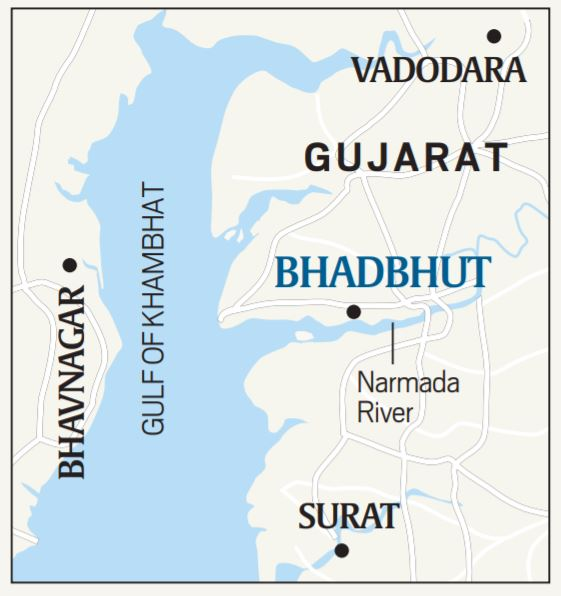
- It is located across the river Narmada, 5 km from Bhadbhut village and 25 km from the mouth of the river, where it flows into the Gulf of Khambhat.
- The project is part of the larger Kalpasar Project, which entails the construction of a 30-km dam across the Gulf of Khambhat between Bharuch and Bhavnagar districts.
- Kalpasar Project aims to store Gujarat’s 25% average annual surface water resources..
- This reservoir will store about 8,000 million cubic metres (MCM) of surface water and will be one of the world’s largest freshwater reservoirs in the sea.
- Purpose:
- To prevent salinity ingress.
- Salinity ingress refers to the process of saltwater invading areas which previously contained only freshwater.
- Due to the reduced flow of freshwater, saline seawater gushes into the Narmada estuary during high tide, thus increasing salinity along the banks.
- It will stop most of the excess water flowing out of the Sardar Sarovar Dam from reaching the sea and will create a sweet water lake of 600 MCM on the river, solving the freshwater problems in Bharuch.
- This will tap the excess waters of the Narmada, Mahisagar and Sabarmati rivers in the reservoir.
- To prevent salinity ingress.
- Impact:
- The barrage is expected to interfere with the migration and breeding cycle of hilsa, blocking their natural entry.
- Hilsa is a marine fish which migrates upstream and arrives in the brackish water of the Narmada estuary near Bharuch for spawning usually during the monsoon months of July and August and continues doing so till November.
- The reduced outflow of water from the dam, industrial effluents flowing into the river and salinity ingress are believed to be the major causes of the decline of hilsa.
- Part of Aliya Bet, an island in the delta of the Narmada and known for shrimp farming, is likely to get submerged.
- A portion of the forest in Aliya Bet too will get affected by the project.
- The barrage is expected to interfere with the migration and breeding cycle of hilsa, blocking their natural entry.
Marthoman Jacobite Syrian Cathedral Church
Why in News
Recently, the Kerala government has taken control of Marthoman Jacobite Syrian Cathedral Church at Mulanthuruthy in Ernakulam district, Kerala.
Key Points
- Malankara Church: The Church at Mulanthuruthy has been in the focus of a dispute between Jacobite and Orthodox factions of the Malankara Church, a prominent non-Catholic Christian community.
- The Malankara Church first split in 1912, into the Jacobite and Orthodox groups. However, the two Churches reunified in 1959, but the truce lasted only until 1972-73.
- Since then, the two factions have been engaged in battle over ownership of churches and their wealth.
- Management Shift: The Church at Mulanthuruthy has been managed by the Jacobite faction, but as per a 2017 Supreme Court (SC) verdict, its ownership went to the rival Orthodox faction.
- The SC had upheld the validity of the 1934 constitution of the Malankara Orthodox Syrian Church to govern the parishes (administration) under the Church.
- However, the Orthodox faction was still denied access to the Church, therefore they appealed in the Kerala High Court, which directed the Kerala government to take over the Church and hand it over to Orthodox faction.
- Kerala’s Church Groups: The Christian population of Kerala comprises Catholic, Jacobite Syrian, Orthodox Syrian, Mar Thoma, Church of South India, Dalit Christians and Pentecostal Churches.
- The Catholics form 61% of Kerala’s Christian population.
- The Malankara Church constitutes 15.9% of the Christian population.
- Mulanthuruthy Church: The Marthoman Jacobite Syrian Cathedral Church at Mulanthuruthy was established in 1200 AD.
- The Church is a fine example of Gothic architecture.
- The carvings, sculptures, symbolic icons and wall paintings, are a blend of Indian, West-Asian and European architecture.
Gothic Architecture
- It is a European style of architecture popular in the 12th-16th century.
- Origin: This architecture has its roots in France and England.
- Features: Pointed arches, ribbed vaults, and flying buttresses.
- The Britishers merged some Indian features of architecture to the Gothic architecture, which resulted in the Indo-Gothic style of architecture.
- Examples of Indo-Gothic style of architecture: Madras High Court, Victoria Memorial, The Chhatrapati Shivaji Maharaj Terminus (previously Victoria Terminus) etc.
Pandit Jasraj
Why in News
Recently Pandit Jasraj, one of the world's most prominent Indian classical vocalists, passed away.
Key Points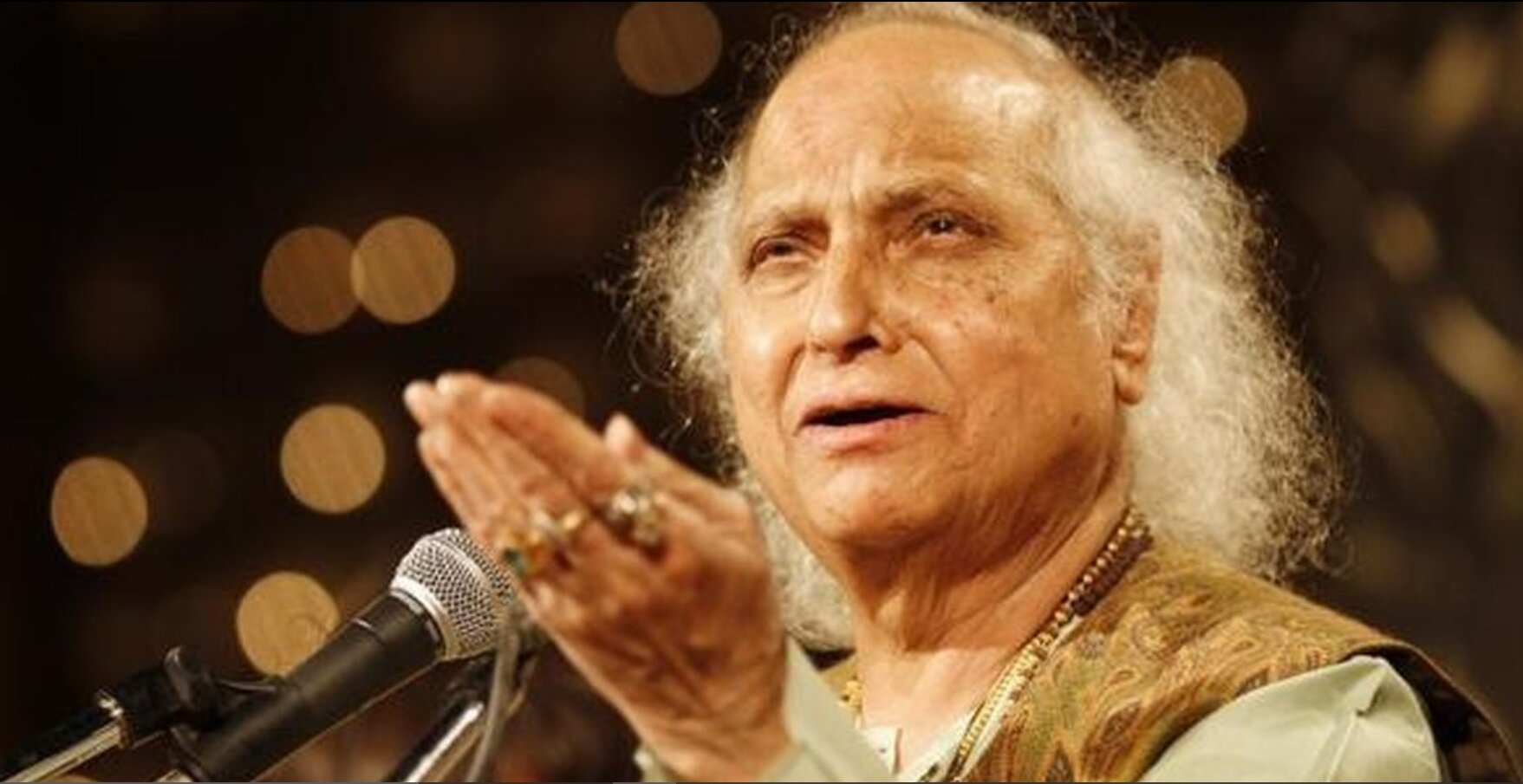
- Pandit Jasraj was associated with Mewati gharana of music.
- He is known for his unconventional mixing of khayal with elements of bhakti rasa, employing harkats and murkis that were traditionally used in light classical music.
- Khayal is a musical form based on the elaboration of a Raga with lyrical composition consisting of two stanzas.
- He also performed semi-classical old musical forms such as the Haveli sangeet.
- Haveli Sangeet are performances are held in temples and the compositions are sung in praise of Lord Krishna.
- He created a unique form of jugalbandi called Jasrangi, in which a male and a female singer sing different ragas in their respective scales to merge their individual displays into one unified performance.
- He is the recipient of numerous awards, honours, and titles, including the prestigious Padma Vibhushan and the Sangeet Natak Akademi Award.
- Recently, the International Astronomical Union (IAU) named an asteroid after him, formally known as 2006 VP32, as Panditjasraj.
- He was the first Indian musician to receive this honour.
Gharana
- Gharana in Hindustani music of India, is a community of performers who share a distinctive musical style that traces to a particular instructor or region or ancestry.
- It includes not only peculiarities of performance and repertoire but also a broader ideology of music, aesthetics, and pedagogy.
- The style must be passed down through at least three generations before it and its practitioners may be considered a gharana.
- Gharanas exist for both vocal and instrumental traditions as well as for dance.
- The gharana concept gained currency only in the nineteenth century when the royal patronage enjoyed by performers weakened. Performers were then compelled to move to urban centres. To retain their respective identities, they associated themselves with the names of the regions they hailed from.
- Some of the gharanas well known for singing are : Agra, Gwalior, Mewati, Bhendibazar, Jaipur (Khyal Singing); Mathura, Rampur, Darbhanga (Dhrupad Singing); Banaras, Lucknow, Patiala (Thumri Singing).
Green Corridor: Organ Donation
Why in News
Recently, a heart was brought from Pune to Chennai with the help of a “green corridor” created for unrestricted movement.
Key Points
- About: A green corridor is a demarcated, cleared out special road route created for an ambulance that enables retrieved organs meant for transplant to reach the destined hospital.
- Green corridors require a concentrated effort from transplant coordinators, local police, traffic police and airport staff. Awareness of the general public towards green corridors is also important.
- Procedure: When a patient is declared brain dead and his family consents to organ donation, the availability of a recipient is first checked within the city, state, region and then nationally.
- Need: Organs have a short preservation time, and green corridors ensure the ambulance escapes traffic congestion and reaches the destination in the shortest possible time.
- Coordinated by: The requisite regulatory procedures and coordination was carried out with National Organ and Tissue Transplant Organisation (NOTTO).
National Organ and Tissue Transplant Organisation
- National Organ and Tissue Transplant Organization (NOTTO) is a National level organization set up under Directorate General of Health Services, Ministry of Health and Family Welfare, located in New Delhi.
- NOTTO’s various state centers are called State Organ and Tissue Transplantation Organisation (SOTTO).
- It coordinates and establishes a network for procurement and distribution of organs and tissues as per the Transplantation of Human Organs (Amendment) Act 2011.
- NOTTO in collaboration with the National Informatics Centre (NIC) is developing a national registry of organ and tissue donors.
- This initiative will help in maintaining data and surveillance of all transplants across the country and also plans to map post-transplant survival rate of patients.

